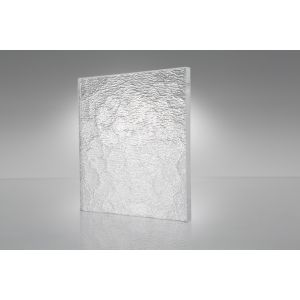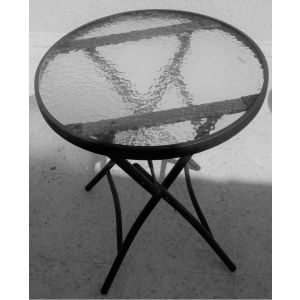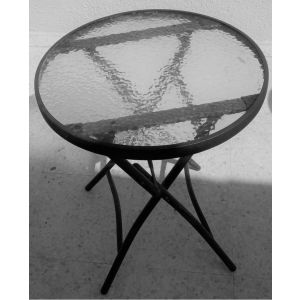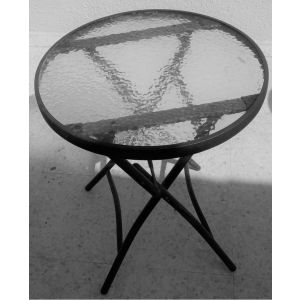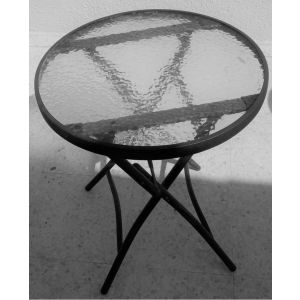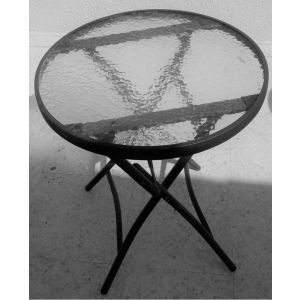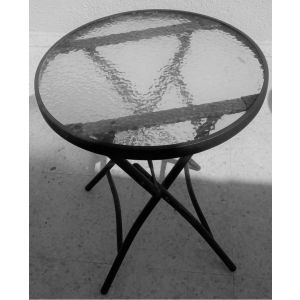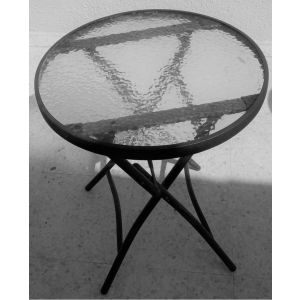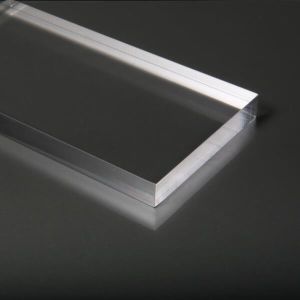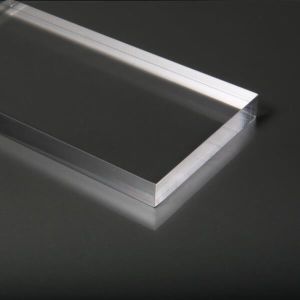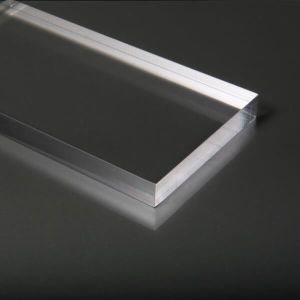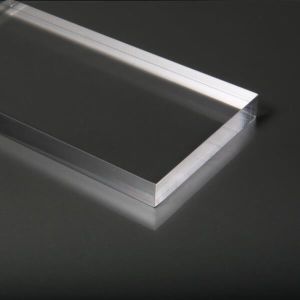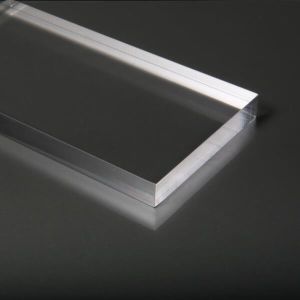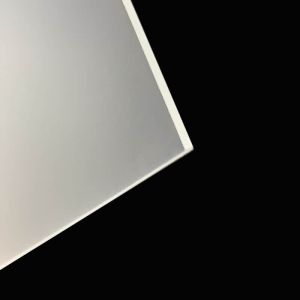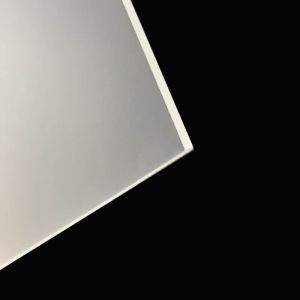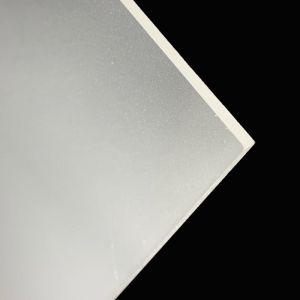CUSTOM FABRICATION
Cut-to-Size to your requirement
SAME DAY SHIPPING
For orders placed by 11am EST
FREE GROUND SHIPPING
For standard, small package items
COMPETITIVE PRICING
With a price match guarantee
Acrylic Versus Glass
Many people ask the difference between glass, acrylic, and plexiglass. In reality, acrylic and plexiglass are the same things - there is absolutely no difference between them, and are often used interchangeably. Acrylic is an abbreviation for polymethyl methacrylate and Plexiglas® is one of the many brand names of this plastic. Over time, this brand name has become generic as ‘plexiglass’.
Acrylic is a popular alternative to glass. They are both transparent building materials that can withstand high pressure and can be used for applications like framing, aquarium, and windows. So which one is better?
Acrylic is a popular alternative to glass. They are both transparent building materials that can withstand high pressure and can be used for applications like framing, aquarium, and windows. So which one is better?
- Acrylic weights less than half that of glass.
- Acrylic is 10 - 20 times more impact-resistant than glass. When acrylic shatters, it is, in contrast to glass, in large pieces with relative blunt edges, making it the safer option. This makes it very suitable for applications in which tempered glass is used such as automobile and deep-sea submarine windows. Polycarbonate is also a great, shatter-proof material.
- Acrylic insulates better than glass and is often used in skylights and doors to coolers.
- Glass cannot be easily processed by sawing, milling, and bending. It is also much more difficult to form after heating.
- Glass has 90% light transmission in comparison to Acrylic that has 92%.
- Acrylic offers glass-like optical clarity.
- Acrylic provides a high gloss finish making it a popular option as a kitchen backsplash.
- Glass is harder to scratch than acrylic. You can buy acrylic sheets with a scratch-resistant coating for added protection, but it still doesn’t match the level glass provides. It is advised to check the acrylic cleaning guidelines to prevent abrasive or chemical damage. It is easy to polish acrylic in order to remove blemishes.
- Acrylic can withstand high UV radiation for long periods of time without yellowing the glazing, making it ideal for outdoor applications.
- Acrylic is a little pricier than its glass counterpart and that’s due to the casting and extrusion process that requires a large amount of energy.
- Glass is slightly more translucent than an acrylic sheet.
- Glass is often used in places where safety is paramount and the temperature can rise as it is more resistant to heat.
Acrylic vs Glass for Framing
Framing artwork involves more than just a frame and a couple of nails. Finding the right frame is half the battle, but the other half is finding the right glazing. Just as the backing material of your frame needs to preserve the integrity of your art, the cover should not only allow you to clearly view it, but also protect it from outside forces.
Here is what you should be asking before making a decision between acrylic or glass:
- How large is the piece and will I move it a lot?
- Acrylic is the better option as it is more lightweight and is shatter-resistant.
- What kind of art are you framing?
- Acrylic can build up a static charge in framed pieces which in turn can attract dust and disturb chalk or charcoal-based artwork. Opt for glass for these pieces.
- Do I want to preserve an image?
- Here you can choose either UV-resistant acrylic or glass, especially if it is located in a sunny room / for outdoor application.
- Acrylic has insulation properties minimizing condensation in the frame.
- Where will I hang the piece?
- If it’s in a brightly lit room, Glass can feature anti-reflective properties (also available in Acrylic), but the etched surface of non-glare acrylic can make artwork lose some clarity.
Which product best suits your needs? Talk to our sales professionals for additional information.
Acrylic vs Glass for Aquarium
Both glass and acrylic, a clear plastic, are commonly used in fish tanks. At first glance, there may seem like there is not much difference between the two, but you won’t know until you own each type of aquarium. Acrylic sheets are widely used in a wide array of pet enclosures. The impact-resistant nature of the material means that it’s unlikely to break. Unlike glass, acrylic is better equipped to absorb the energy from impact and spread it out instead of cracking or breaking. It’s less difficult to fabricate and less limited to shapes. However, it is slightly more expensive than regular glass. Learn more about using Acrylic for pet enclosures. You can also build your own DIY Aquarium.
On the other hand, glass is comparably heavier than acrylic (almost twice as much), but is non-porous, has ridged panels, and naturally scratch-resistant.
Acrylic vs Glass for Greenhouse
In recent years, greenhouses have become increasingly popular. Traditionally, greenhouses are built with glass, but it comes with a few disadvantages:
- Because it’s heavier than acrylic, you would require a much better frame construction and deep foundations to carry the weight - making it more expensive.
- Easily broken making it dangerous for outdoor applications such as in the garden where children often play.
- Acrylic sheets provide better light diffusion than standard glass, meaning an equal amount of sunlight to all plants. Lesser or no light diffusion can cause the greenhouse to overheat hence, the burning effect.
Polycarbonate is a popular alternative for greenhouses as it’s virtually unbreakable, has an excellent balance of engineering properties, impact strength, and electrical properties. It can also operate in a broad temperature range.
Which product best suits your needs? Talk to our sales professionals for additional information.
Acrylic vs Glass for Boat Windows
- The impact strength of acrylic is extremely valuable to deep sea submarines when maneuvering yachts close to docks.
- At approximately half the weight of glass, acrylic is an excellent alternative, especially where weight plays a key factor in design. As the world moves towards sustainability and environmentally conscious processes, designers are looking for ways to minimize weight to enhance performance and fuel efficiency.
- Acrylic transmits more light than glass; up to 92%. And having UV protection means that they won’t turn yellow with prolonged contact to sunlight.
- Regular glass is more cost effective than glass, however, tempered glass will be about equivalent. If fabrication is required or custom shape needs to be achieved, glass will be costlier than acrylic. Additionally, acrylic is easier to install.
Acrylic is far superior than glass for cruisers and yachts in need of durable, cost-effective and high-quality window materials.
WHERE CAN I GET ACRYLIC / PLEXIGLASS?
ShapesPlastics is your go-to for your Plexiglass needs. We offer a variety of plexiglass sheets in different thicknesses and grades. We carry a large inventory of popular brands in a variety of thicknesses listed below. The thickness you need for your application depends entirely on the application at hand. If you are unsure about which thickness is suitable for your project, please contact us. We are backed by the industry's most knowledgeable sales team, have extensive experience, and can, with sufficient information, make a good estimate of the thickness to be used. If you need a larger sheet, request a free quote via the contact page.
We offer cut-to-size and fabrication options so you can get exactly what you need without the hassle of having to cut it yourself. We also provide value-added precision fabrication services such as drilling holes, diamond and flame polishing, rounded edges, radius corners, and state-of-the-art CNC routing and cutting services for exceptionally smooth surface finish.
Not only can we cut what you need, but we can also ship it for free if it is a standard-size piece. We offer competitive prices, an easy-to-use website, and have knowledgeable staff that is ready to help point you in the right direction. Thinking of purchasing Plexiglass sheets at Home Depot or Plexiglass at Lowes? They don't cut to your specification and frankly, here at ShapesPlastics, we are less expensive and offer an array of services so you get exactly what you want.
In layman's terms, Plexiglas® is made from acrylic, and plexiglass is a generic term used interchangeably to describe both the name brand and the material itself.
Absolutely. Acrylic plastic is very well suited for outdoor applications. This is because it offers great weather resistance, allowing it to be left outdoors without yellowing or any other significant degrading.Especially in the form of clear acrylic sheet, it can sustain high levels of UV light, extreme cold and heat, withstanding temperatures of 180F without beginning to soften. It can also come into contact with saltwater without compromising any structural integrity.
It can also be used in high traffic areas as it is scratch resistant and highly durable compared to many other kinds of plastic and glass - that can chip or break on impact.
Experts at ShapesPlastics though recommend that you exercise caution based on the application of the material. For example, colored acrylic isn’t recommended for outdoor applications as its liable to fade in direct sunlight. Also, depending on the application, a stronger or more heat resistant plastic may be more appropriate such as Polycarbonate for roof panels and storm windows.
Plexiglass has a higher insulation value than glass. Plexiglass sheets are often also used for secondary windows.
Plexiglass and glass both offer similar soundproofing characteristics. Compared to glass, Plexiglass is a more cost-effective solution that offers better dampening and absorption, which means you can potentially double it up for increased effect. Plexiglass is often used as a secondary window in buildings and hospitality industries such as hotels and restaurants as noise barriers.

